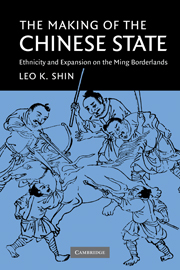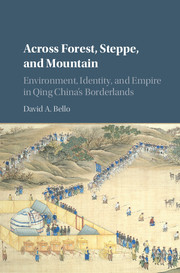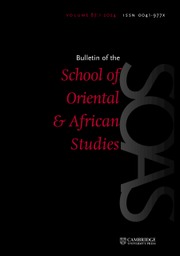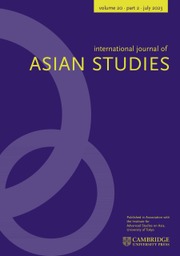The Making of the Chinese State
In this well-crafted study of the relationships between the state and its borderlands, Leo Shin traces the roots of China's modern ethnic configurations to the Ming dynasty (1368–1644). Challenging the traditional view that China's expansion was primarily an exercise of incorporation and assimilation, Shin argues that as the centre extended its reach to the wild and inaccessible south, the political interests of the state, the economic needs of the settlers, and the imaginations of the cultural elites all facilitated the demarcation and categorisation of these borderland 'non-Chinese' populations. The story told here, however, extends beyond the imperial period. Just as Ming emperors considered it essential to reinforce a sense of universal order by demarcating the 'non-Chinese', modern-day Chinese rulers also find it critical to maintain the myth of a unified multi-national state by officially recognising a total of fifty-six 'nationalities'.
- Offers perspectives on the making of the Chinese state
- Was the first in-depth study of the relationships between the state and its southern borderland during the Ming dynasty
- Sophisticated use of a wide range of seldom-utilised Ming-dynasty sources
Reviews & endorsements
Review of the hardback: '… it should find a wide, cross-disciplinary audience, including advanced undergraduates who might come to appreciate the lovely prose of this important study.' The China Quarterly
Product details
January 2011Adobe eBook Reader
9780511837609
0 pages
0kg
This ISBN is for an eBook version which is distributed on our behalf by a third party.
Table of Contents
- 1. History of the margins
- 2. Nature of the borderland
- 3. Politics of chieftaincy
- 4. Mapping of settlement
- 5. Culture of demarcation
- 6. Margins in history.









